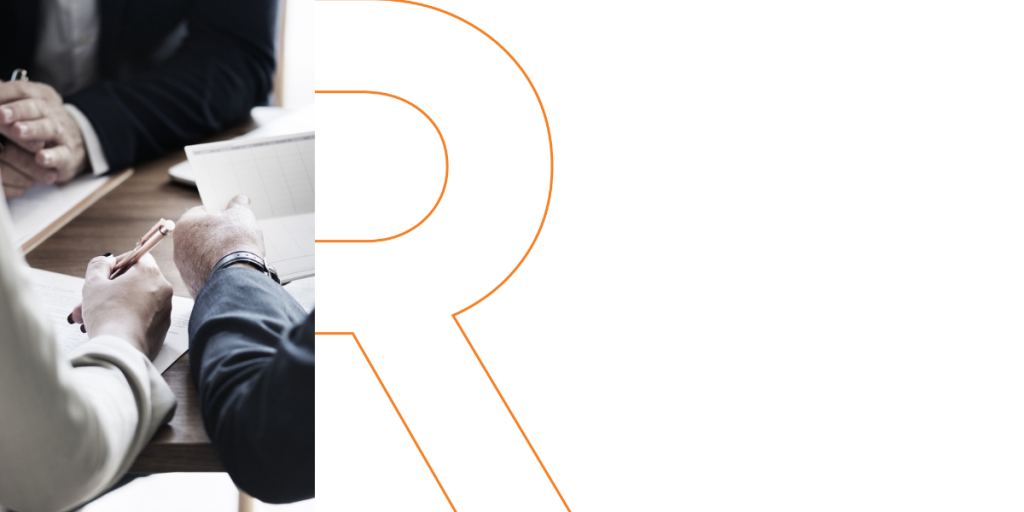
The Pro IQ Interview Series: Jenny Ransholt, The Uncommon Project.
Resourceful Pro recently down with Jenny Ransholt, founder of The Uncommon Project, an organisation focussed on driving…
Resourceful Pro recently down with Jenny Ransholt, founder of The Uncommon Project, an organisation focussed on driving purpose driven change and providing Equality and Diversity solutions.
Originally from Scandinavia, Jenny has studied and worked in Norway, the US and Australia bringing a wide range of international and industry experience. After completing a Scandinavian Leadership Programme, Jenny discovered her passion lay in working towards creating greater good for employees, organisations and society.
The Uncommon Project has now partnered with the leading Scandinavian diversity platform, Equality Check, to further drive the equality agenda in Australia.
We discussed the burning topic of workplace equality and diversity, including amongst other things what steps an organisation should follow in order to build a diverse and equal culture and workplace.
RP: How would you define the concept of gender equality in the workplace?
JR: I would define it as being gender neutral. An inclusive culture where we are objective – that is we only look at people’s skills, experience and potential. In the workplace it is vital that we eliminate unconscious bias through behavioural design to enable progress.
RP: What is unconscious bias?
JR: Unlike deliberate prejudices, unconscious gender biases are the judgements we make quickly and unknowingly based on personal experiences, societal stereotypes and cultural context. A lot of the time judgements are made involuntarily. Unconscious bias can be just as damaging as conscious bias.
For instance, a study conducted at Harvard found that when students were presented to the same leader but with different gender, they rated the man as more competent than the woman. We all like to think we are objective – but it turns out we are not. It is interesting to note that women also have a tendency to undermine women.
RP: Comparing your experiences in the workplace now versus 10 years ago, what trends have you noticed regarding gender equality/inequality?
JR: The positive and inspiring trend that I am seeing is that we are starting to implement more diverse role models. If people can see themselves represented, it motivates them to apply to a more diverse set of fields. Breaking stereotypes is important to attract top talent and ambition. On the other hand, the not so good trend that I am seeing is that even though there is a big effort in recruiting more women to equal the gender balance in a company, little is being done to foster inclusivity. This leads to women leaving or continuing to not be promoted into top positions.
RP: How do you build a diverse team?
JR: An inclusive and open culture is imperative if you want to achieve the goals you set for your company. A culture where every employee feels heard, seen and valued is vital. Diversity alone will not lead to equality. Leveraging diversity through inclusiveness will lead to equality.
The effect of diversity is evident when different people are able to use their different skill sets. A classic pitfall is that you recruit a diverse group of people but expect them to all assimilate into the same behavioural pattern.
Until a minority reaches a critical mass of about 30%, a person belonging to a minority is often seen as a representative of the minority as opposed to representing themselves. This person may be unconsciously seen as an outcast and if they have a different way of being or a different perspective, this opinion is less likely to be heard. In this situation they are more likely to conform to the norm of the group, and consequently, organisations lose the diverse contribution to the team.
Remember the concept of a critical mass of 30% whenever you assemble teams! The chance of noticing the effect of diversity is larger if the critical mass is above 30%.
Companies with good cultures ensure that social events and offsites are appropriate for every employee. This includes planning trips to family-friendly destinations or providing gifts that aren’t perceived as offensive (for example, a bottle of wine, meat or other things that might be excluding to vegetarians or Muslims).
RP: Why is diversity and equality a strength?
JR: Increasing diversity can elevate the cognitive capability of an organisation. Diversity has been proven to boost productivity, innovation, and attracts and retains the best talent.
Companies with the strongest rates of gender diversity on their executive teams are 27% more likely to have stronger value creation. In addition, putting business aside, equality is a fundamental human right. It is unethical not to aim for a diverse and equal environment.
RP: How do we speed up the process of gender equality?
JR: Transparency is the key to speeding up the process. Most companies do not have sufficient data on their gender balance, and thus do not know why women leave and where the hole in the leaking pipeline arises. That is where The Uncommon Project comes in as a dedicated helper. Our solutions include keynote speeches, presentations and workshops and a tool to measure equality data.
RP: In your opinion, what steps can companies take to make their businesses more equal in terms of pay and employees with regards to gender?
JR: Traditionally, measures addressing work/life balance have been targeted towards women. However, the companies that have succeeded with improving gender balance have implemented actions that benefit all employees, not only women.
Some men may feel discriminated against and might disapprove of the course of action. In addition, some women might distance themselves from measures aimed at supporting them because they believe it sends the signal that they need additional support. But the reality is, when initiatives relating to work/life balance are aimed specifically at women, they contribute to cementing the belief that the family & home is a woman’s primary responsibility.
Pay equality is another solution an organisation can implement.
45% of the gender pay gap is linked to different career patterns, where men tend to occupy the best-paid positions at the top of the wage hierarchy, while women typically are more concentrated in staff. Men also tend to be over-represented in operational positions with profit and loss responsibilities that typically also include the largest bonuses.
In order to bridge the pay gap, organisations need to ensure that they have equal representation in positions that lead to promotion. Measures that are beneficial to set into place are:
- Set aside a “pay gap fund” that corrects the pay gap between genders
- Set fixed salaries for positions.
Many companies ask candidates about the salary in their previous job and base the starting salary on this. If women are paid less than men from the beginning, the pay gap will perpetuate and increase for each level. A way to avoid this follow error is to not ask candidates of their previous salary, but to fix a position’s salary irrespective of who takes on the role.
- Be transparent about wages in the company to allow for more accountability and fairness
RP: What advice would you give to a leader or a Human Resources Director?
JR: Start by implementing KPI`s for equality. Hold boards, executives and managers accountable for key gender balance KPIs in the same way that they are held accountable for result oriented KPIs.
Re-structure bonuses to include not only result oriented KPIs but also gender balance KPIs.
Celebrate and reward managers by how they succeed in gender equality.
It is fundamental that top management is engaged and communicates its strategy for and its commitment to achieving gender balance throughout the company. 78% of top leaders claim that gender equality is of high priority in their business. However, only 10% of their employees believe their company prioritizes the issue.
Many companies can claim that they have an equal amount of women and men in their company, but if you look more closely at the numbers, women often hold the majority of staff positions while men hold the line positions that more frequently lead to promotions. What this means is that women are often employed in roles whose primary purpose is to provide expertise and assistance to positions of authority and responsibility – held predominantly by men.
RP: What do you hope to see happen in Australia in this area in the next 5 or 10 years?
JR: I would like to see more transparency in organisations. In that way companies will get to see themselves as their employees see them; it will enable us to come together to collaborate to finally bridge the gap.
Related Blogs
Salary Survey: Ensure your company remains a magnet for top talent
In today’s dynamic business landscape, staying competitive in the job market is essential. It is imperative to ensure that your employees are not only fairly compensated but also that your…
The Pro IQ Interview Series: Critical Minerals Association Australia, Namali Mackay
Our latest feature in the Pro IQ Interview Series is a conversation with one of the Founders and Managing Director of the Critical Minerals Association Australia, Namali Mackay. Here she describes…
Unleashing Potential: The Significance of Assessing Candidates’ Behavioural Competencies
In today’s fiercely competitive job market, executive search consultants face the challenging task of identifying individuals who not only possess the right skills and qualifications but also demonstrate the essential…
Who are your most irreplaceable employees?
Who are your most irreplaceable employees? – the Importance of Organisational Network Analysis In today’s fast-paced business world, retaining key employees is a top priority for organisations. But, while…




